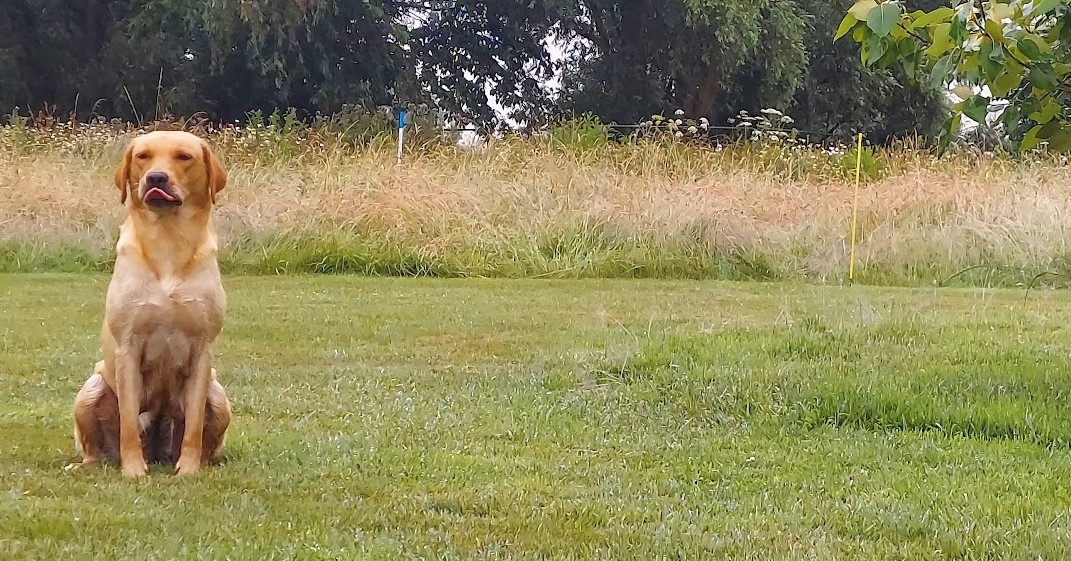
Teaching a gundog to sit from the very beginning and progressing to steadiness involves several steps. Here's how we do it:
1. Foundation Work:
Use a place board, and condition the pup to the place board as a positive place. When using the place-board stand with your toes against the edge, that way when pup gets onto the board and lifts its head to look at you, it’s naturally going to sit.When your puppy is getting on the board and automatically sits, that’s the point you add the command Sit, as you know your pup is going to sit. Start training when your gundog is a puppy or at the early stages of training.Remember to end the sit, with your release command, and that’s when you reward your pup off of the board.Use praise and its meal to reward the pup.2. Reinforce the Sit:
Practice the sit command multiple times throughout the day in short sessions, using the pup's meal as its reward..Giving the sit command as the pup sits, makes the association better in the pup's mind, and also ensures success. Rather than the constant Sit, Sit, Sit you hear in classes. Remember, you are also conditioning the puppy to sit when it is around you which prevents - jumping up, a problem many dog owners have with older dogs. Continue rewarding each successful sit and use consistent body language.If the pup jumps off the board or breaks a sit before being released, stand still as pup will be back on that board before you know it. 3. Adding Duration:
Once your dog understands the sit command, work on increasing the duration they remain seated, and delay the release command and reward.After giving the "Sit" command, count to a few seconds before offering the reward.Gradually extend the duration while using a calm and encouraging tone.Again if pup breaks the sit before being released, wait for it to get back onto the board and start again. 4. Adding Distractions:
Train in environments with gradually increasing distractions (people, other dogs, noises) to help your dog learn to sit despite disruptions.Begin with minimal distractions and gradually progress to more challenging scenarios.5. Steadiness:
Once your gundog is reliably sitting on command, start introducing the concept of steadiness.Use another person to simulate a hunting scenario. Have the helper walk around, toss a dummy or ball.Command your gundog to sit and remain steady while the helper performs these actions.Gradually increase the level of distractions and movement by the helper.6. Advanced Steadiness:
Work on distance: Command your gundog to sit and then take a step or two back. Gradually increase the distance while maintaining their steadiness.Introduce visual cues: Use hand signals or whistle commands in addition to verbal cues.Incorporate the sit command during simulated hunting scenarios: Practice in environments that mimic hunting situations, including water work and bird retrieval.7. Positive Reinforcement and Patience:
Throughout the process, continue using praise and its meals to reward (on the command of OK) every success. Be patient and consistent. Steadiness training takes time, especially as distractions become more challenging.8. Professional Guidance:
If you're new to gundog training, consider seeking help from a professional gundog trainer. They can provide guidance and expertise to ensure proper training techniques and progression.Remember, every dog is unique, so adapt your training methods to suit your gundog's personality, learning pace, and comfort level. Gradually progressing from basic sit to steadiness requires dedication, consistency, and a strong bond between you and your gundog.

